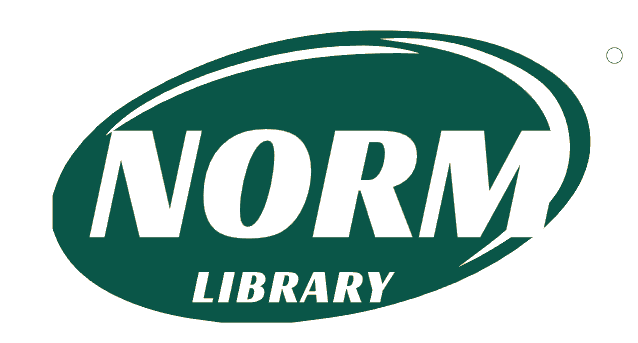
ASTM F1620
Original price was: $62.00.$37.00Current price is: $37.00.
Standard Practice for Calibrating a Scanning Surface Inspection System Using Monodisperse Polystyrene Latex Spheres Deposited on Polished or Epitaxial Wafer Surfaces (Withdrawn 2003)
| Published by | Publication Date | Number of Pages |
| ASTM | 01/01/1996 | 6 |
ASTM F1620 – Standard Practice for Calibrating a Scanning Surface Inspection System Using Monodisperse Polystyrene Latex Spheres Deposited on Polished or Epitaxial Wafer Surfaces (Withdrawn 2003)
This standard was transferred to SEMI (www.semi.org) May 2003
1.1 This practice covers the size calibration of a scanning surface inspection system (SSIS) by observing the distribution of monodisperse polystyrene latex (PSL) spheres that have been pre-deposited in controlled fashion on the front surface of a clean, unpatterned, polished or epitaxial wafer of the same type that is to be inspected by the SSIS.
Note 1-This practice was developed primarily for use in calibrating SSISs intended for inspecting monocrystalline wafers, in which case pre-deposited bare, monocrystalline silicon wafers must be used as calibration wafers. The practice may also be extended to the calibration of SSISs intended to inspect other materials, such as gallium arsenide or other compound semiconducting compounds, in which case, clean, unpatterned, polished wafers of the type to be inspected must be used as calibration wafers. It may also be possible to extend the technique to wafers with other surfaces, such as oxide or polycrystalline silicon films, but the conditions for which this extension of the practice might be valid have not been determined.
1.2 This practice includes procedures for single-point and multipoint calibrations. For single-point calibration, one wafer, pre-deposited with PSL spheres of a single nominal size corresponding to the latex sphere equivalent (LSE) of the localized light scatterers to be measured with the SSIS being calibrated, is used. In the latter, a series of wafers, each pre-deposited with PSL spheres of a single nominal size, is used; the range of sizes employed covers the range over which the SSIS is to be calibrated.
1.3 The procedure must be carried out on an SSIS that is located in a Class M2.5 (Class 10) or better environment as defined in Federal Standard 209E.
1.4 PSL spheres as large as 10 [mu]m can be used in this practice. The smallest size PSL sphere that can be used is the smallest that can be detected by the SSIS being calibrated on the wafer surfaces on which the spheres are deposited.
Note 2-At the time of development of this practice, the smallest practical size is 0.08 [mu]m, but it is expected that smaller size spheres will be able to be used as the technology develops.
1.5 This practice does not cover procedures for deposition of the monodisperse PSL spheres. Pre-deposited wafers may be obtained commercially or prepared in accordance with good laboratory practice as summarized in Appendix A1 of SEMI Practice E14.
1.6 This standard does not purport to address all of the safety concerns, if any, associated with its use. It is the responsibility of the user of this standard to establish appropriate safety and health practices and determine the applicability of regulatory limitations prior to use.
Product Details
- Published:
- 01/01/1996
- Number of Pages:
- 6
- File Size:
- 1 file , 68 KB
- Note:
- This product is unavailable in Russia, Ukraine, Belarus


